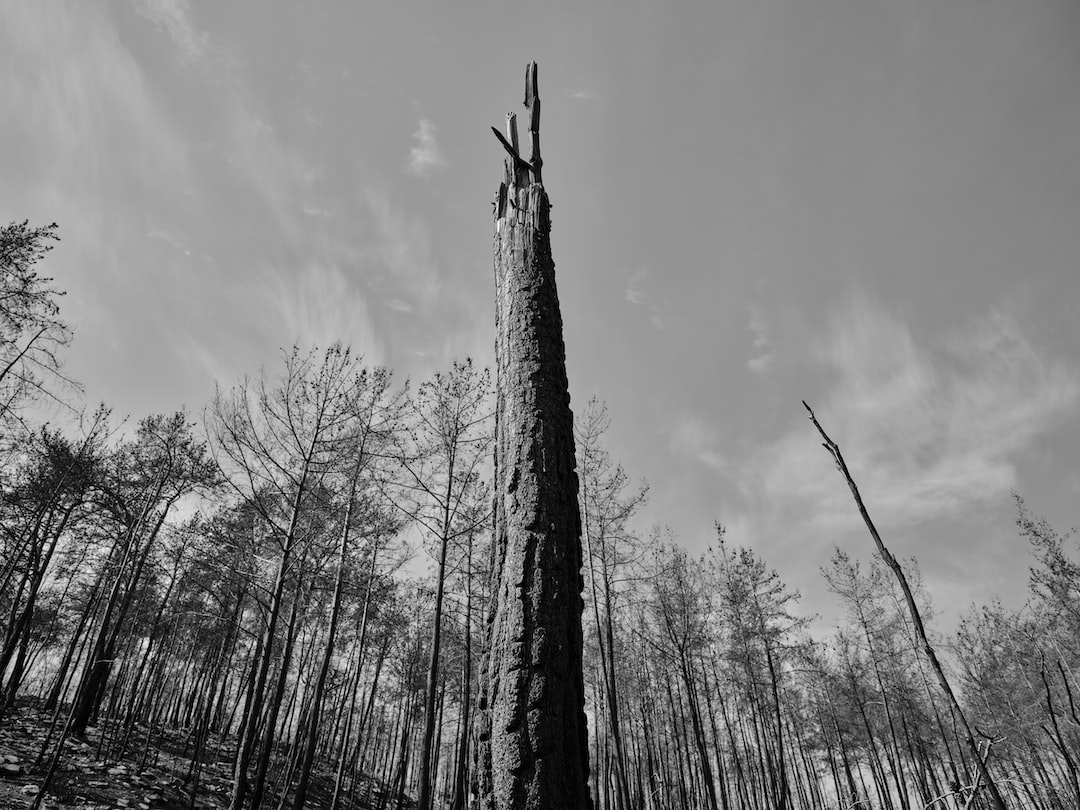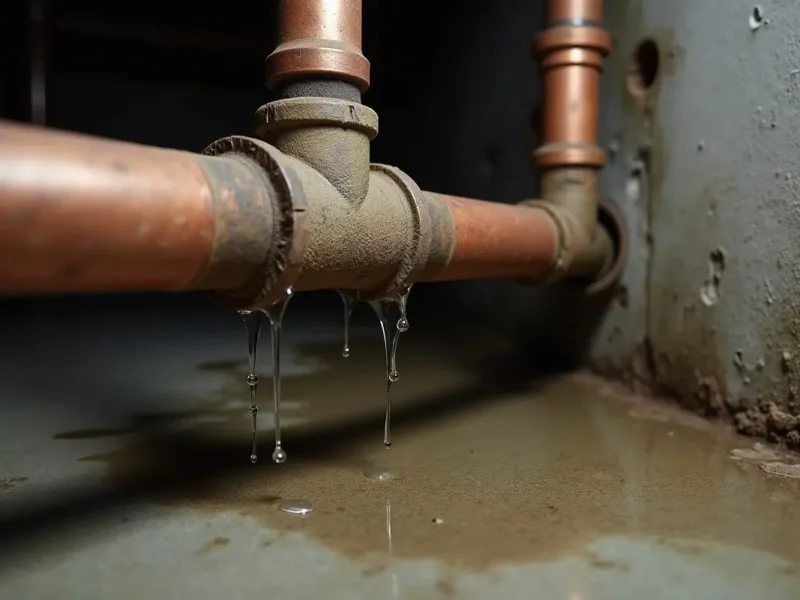Returning to an area after a high-severity fire takes a long time. Grass and ferns are among the first to sprout, aided by soil enriched by the ashes of fallen leaves, plants, and woody debris.
Soil
Soil is a complex natural medium covering almost every land surface (except for ice caps, glaciers, and bare rock). It’s not dirt; it’s a living, nutrient-rich, porous layer of mineral and organic materials containing microbes and organisms that interact incredibly. Soils absorb, release, and alter water, transform organic matter, and recycle carbon. They are one of Earth’s most important, diverse, and complex natural resources. Healthy soils are vital to human health and life, but many factors, including tillage and chemical agriculture, have depleted the Earth’s soils, leaving them less productive. Soil restoration improves soil structure, microbial activity, nutrient density, and carbon levels. To help restore burned and damage plants Southern California, mulch with organic materials like compost and shredded leaves to reduce erosion, then reseed the ground with grasses and wildflowers, including a mix of perennials. Spreading fire-adapted trees and palms is also a great idea, although they may take a while to re-grow.
Water
The ash and other burnt debris in fire-scarred landscapes enrich the soil, making it easier for grasses and ferns to return. It can also reduce the need to cut and mow to keep the bare ground from getting overgrown, which is better for wildlife habitat. But the regrowth of brush and shrubs may not be suitable for some wildlife species, including those federally listed as endangered or threatened. Those at-risk animals can lose their hiding places and be more easily preyed upon. Rain also poses a threat in fire-scarred landscapes. Without the protection of plant cover, erosion is more common, and mudslides can disrupt roads and other recreation infrastructure, damage homes located in wildland-urban interface areas, and carry contaminants into waterways. This can affect water quality for drinking and aquatic ecosystems. Fortunately, many post-fire restoration activities are focused on reducing the impacts of erosion and invasive species. They can involve thinning dense groves of trees, controlled burns, and other habitat work.
Air
Despite their scarred appearance, low-intensity burns quickly rebound. Grass and ferns grow, aided by nutrient-rich soil from the ash of burned leaves, plants, and woody debris. The regrowth of grasses and ferns helps reduce erosion that can carry debris into creeks and rivers, bury fish eggs, or contaminate water sources used by humans and wildlife. As the regrowth of native plants continues, a landscape’s biodiversity increases. This includes a mix of trees, shrubs, and grasses native to the area. In addition, huckleberries and orchids that have not been seen in years emerge, as well as carnivorous pitcher plants and sundews. The road to recovery involves many things, from restoring habitat to improving access for outdoor recreationists.
Light
The road to recovery can seem like a long journey. But it is important to remember that healing takes time and that we can take steps toward recovering from a devastating experience. Land managers are increasing the frequency of low-intensity burns throughout the country to promote biodiversity and reduce the risk of large-scale fires. The reseeding of grasses, ferns, and shrubs helps deter erosion by stabilizing soil and preventing weeds from taking over. In addition, the open canopy allows sunlight to reach the forest floor and support plants that cannot grow under dense brush.



